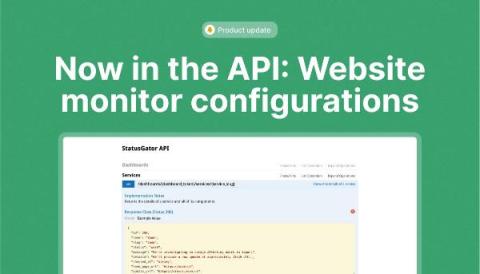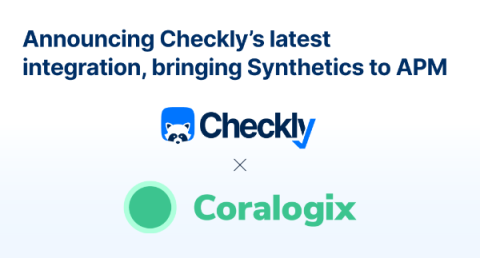Building Modern REST APIs with OpenAPI
No, I'm not talking about 'OpenAI', though you certainly can use it to assist in your API designs. I'm talking about the OpenAPI standard, a modern spec for defining REST APIs. If you're reading this, I probably don't need to tell you that REST APIs are ubiquitous in tech. Practically every company has at least one, whether it be an internal or customer facing API. While other types of APIs have been gaining traction the last few years (GraphQL, gRPC, etc), REST is here to stay.











